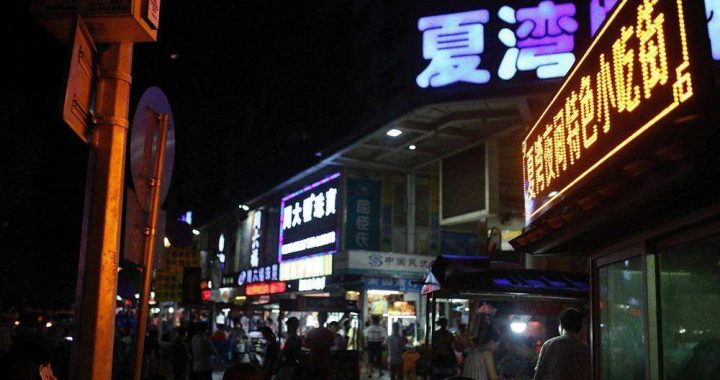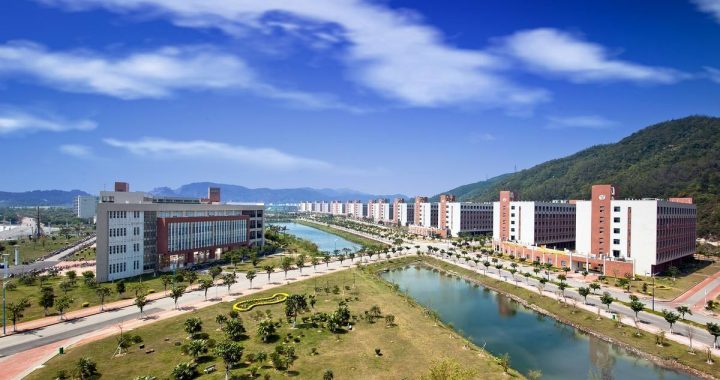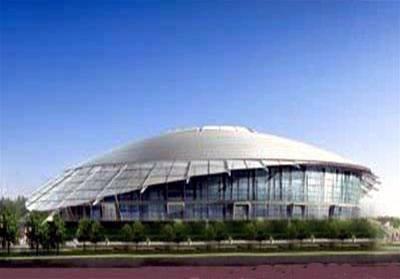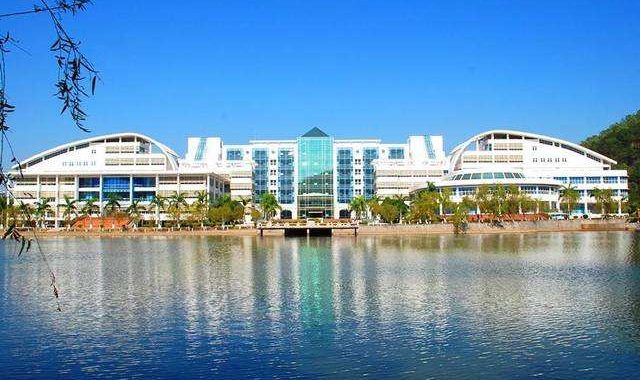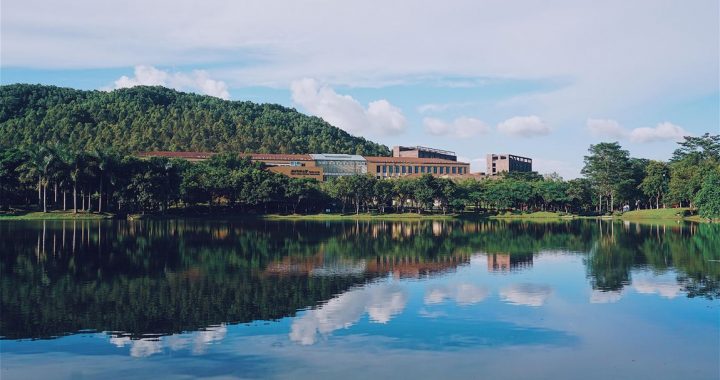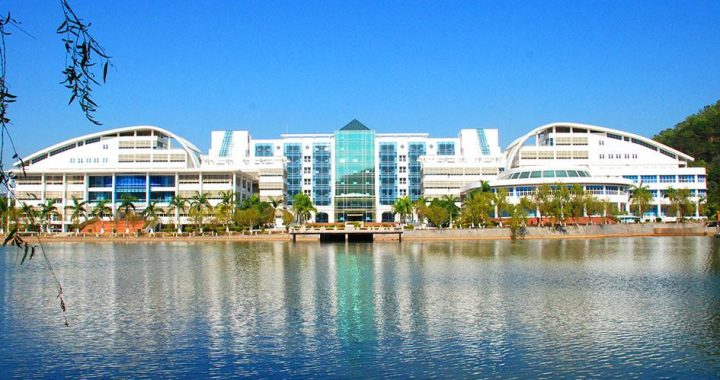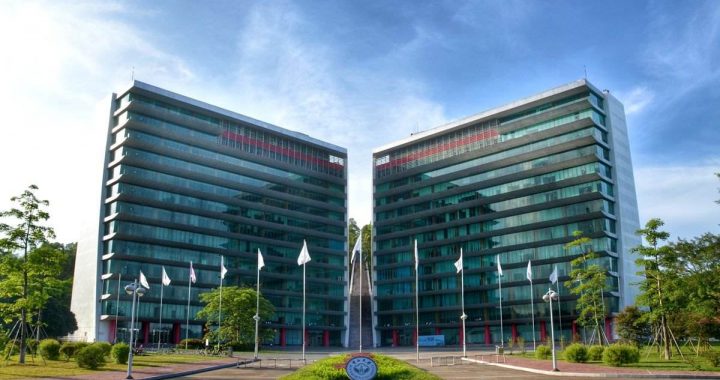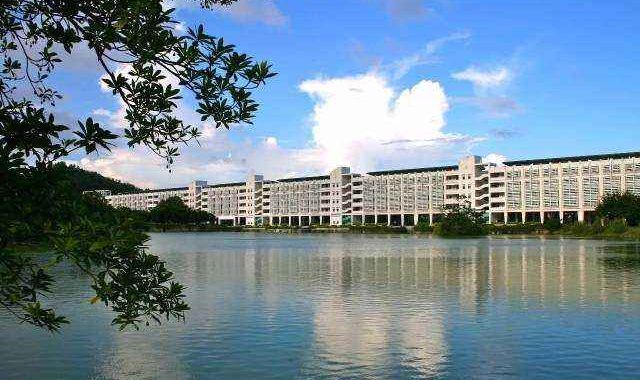Doumen Old Street
3 min readBeating Heart of Doumen “Market’
While it is true that many towns and cities across China, especially in the southern parts of the country, have their own “old streets”-bustling thoroughfares where you can experience life as it used to be-Zhuhai’s handful of ancient towns and villages really stand out, with the Doumen Old Street-the town’s centerpiece-being a distinctive landmark, not only for the city’s Doumen District but also the greater Zhuhai area.

In its heyday in the late 19th century, architects and churchmen from Hong Kong, Macao, Europe and North America came here, and many of them settled in this bustling place packed with a range of business and services including money houses handling foreign exchange services.

The ancient street nestled in the beating heart of the Doumen “Xu” is not merely a spruced up, gaudy street under the guise of”authenticity”. The booths are not just ghostly shells of the past, but are still quite lived-in. Despite its small population, this exquisitely decaying monument is still breathing with wellconserved southern China style arcade buildings, attracting film crews throughout the year. This seemingly sleepy hamlet routinely comes alive when the local leadership puts on its cultural festival, called by the locals as “xu ri” and still energetically celebrated by today’s townspeople.

Veering off the shopfront corridor into the rear of this intricate urban structure, one is led to a lovely, still occupied quarter, once permeated with family happiness and still blessed with the fragrance of fruit trees. Walking under the colorful, exotic window lattices now feels pleasantly anachronistic. Elderly women fan themselves as they chitchat with neighbors, and dogs laze about on the pavement occasionally peeking at the passersby. The locals’ laundry gently moves in the breeze as it hangs drying, draped over the beams, and you just cannot resist the temptation to peer into someone’s dimly lit home as an elderly man sits still as a statue staring back at you.
Towards the outskirts of the old town, bright yellow roof tiles contrast against imposing white apartments, marking the end of the walled-in sample of a lifestyle gone by.

In its heyday in the late 19th century, architects and churchmen from Hong Kong, Macao, Europe and North America poured into this “land of plenty”, many of them settling down in the bustling enclave packed with an extensive mix of business and services. The result was a 500-meter stretch(designed by Canadian engineer Rev. John Galloway), elaborately decorated with a bold combination of Southeast Asian and Southern Chinese elements, creating the perfect setting for the coming-and-goings of foreign visitors and ne’er-do-wells alike interacting with local groceries, drugstores, rice shops, fabric dealers, pawn shops and money houses handling foreign exchange services. The vivid scenes and intense interaction witnessed in the bustling past of this street is hard to imagine today.

In the late 18th century, the area went through reconstruction during the reign of Qianlong, enjoying increasing prosperity through the Republican Era and beyond, but eventually slowing down as fortunes shifted with the transition of the city’s economic hub in the late 20th century. The street’s dizzying colors and the town’s glory became dust-laden, but visitors today can still sense its former brilliance. The irony is that, probably because of its”natural phase-out”, the street became the only survivor amidst gentrification in the old street heritage of Zhuhai. The fortunate result is that, with a little imagination, as you stroll along the withering arcades, through a plethora of shady courtyards, admiring exquisite flourishes, you can still relive the noise, the loud baby cries and laughter, that was once here.

The result was a 500-meter stretch creating the perfect setting for the coming-and-goings of foreign visitors and ne’er-do-wells alike.

